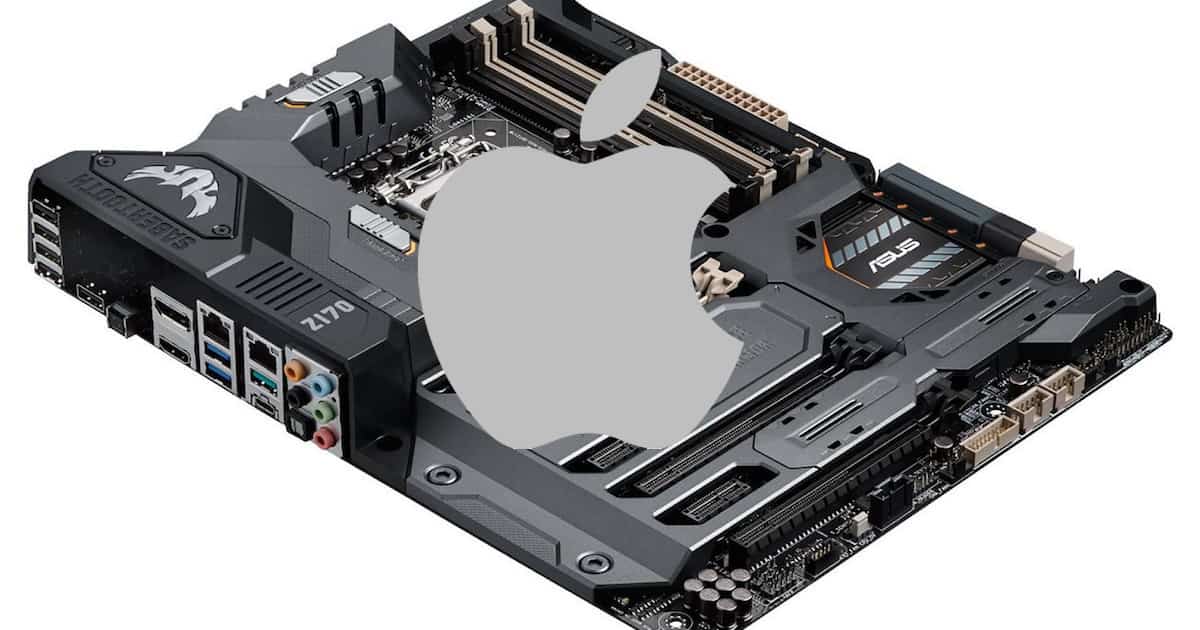What Is The Best Processor For The Mac G5

Today's Best Tech Deals
Apple switched to Intel processors in 2006 – any Mac from before then uses the PowerPC platform. For a while Mac software was designed to work on both types of computers, but those days are for the most part gone. Is the CPU on the Power Mac G5 upgradable? How is it mounted? Unfortunately, no. The processor, or processors, in the Power Macintosh G5 models cannot be upgraded. The processors in all models are mounted on a custom daughtercard with a 300-pin connector. Although this daughtercard does not contain the ROM, it appears that the processor is.
Picked by Macworld's Editors
Top Deals On Great Products
What Is The Best Processor On The Market

Picked by Techconnect's Editors
It can’t be the Good, the Better, or the Best model, so just where does the new $1,499 Power Mac G5 fit into Apple’s pro desktop lineup? Slowest is one way to describe it. Cheapest is the other.
Unlike its siblings in the current Power Mac family, the new model has only a single processor—a 1.8GHz G5. Its frontside bus—the channel connecting the CPU to the rest of the system—operates at one-third the clock speed of the processor (600MHz). By contrast, the current dual-processor Power Macs have frontside buses running at half the processor’s speed (900MHz, 1GHz, or 1.25 GHz).
Not surprisingly, therefore, the new machine’s speed scores lag well behind the other Power Macs’. On some tasks, particularly with applications optimized for dual processors, the difference is dramatic: rendering video with Maxon’s Cinema 4D XL or encoding into MPEG-2 format with Apple’s Compressor takes twice as long on the new machine as it does on the next model up. Overall, on Macworld’ s SpeedMark 3.3 benchmark suite, the new Power Mac barely beat out its iMac G5 cousin.
Benchmarks
| Speedmark 3.3 | Adobe Photoshop 8.0 | Cinema 4D XL 8.5 | Compressor | iMovie 4.0.1 | iTunes 4.6 | Unreal Tournament | |
|---|---|---|---|---|---|---|---|
| OVERALL SCORE | SUITE | RENDER | MPEG-2 ENCODE | RENDER | MP3 ENCODE | AVERAGE FRAME RATE | |
| Power Mac G5/1.8GHz | 165 | 1:52 | 3:05 | 10:18 | :45 | 1:56 | 39.4 |
| 20-inch iMac G5/1.8GHz | 163 | 1:51 | 3:02 | 10:05 | :39 | 1:53 | 33.6 |
| Power Mac G5/dual-1.8GHz | 194 | 1:29 | 1:32 | 5:03 | :41 | 1:17 | 32.6 |
| Power Mac G5/1.8GHz (previous)* | 169 | 1:48 | 3:00 | 7:16 | :43 | 1:54 | 39.7 |
| >Better | <Better | <Better | <Better | <Better | <Better | >Better |
BEST RESULTS IN BOLD. REFERENCE SYSTEMS IN ITALICS . *With 80GB hard drive and graphics card from new 600MHz bus, 1.8GHz single-processor Power Mac installed.

Speedmark 3.3 scores are relative to those of a 1GHz eMac G4, which is assigned a score of 100. Cinema 4D XL, Compressor, iMovie, iTunes, and Photoshop scores are in minutes:seconds. All systems were running Mac OS X 10.3.5 with 512MB of RAM installed. We used iMovie to export a movie that was 1 minute and 40 seconds long to QuickTime: Email. We tested MP3 encoding with an audio CD track that was 45 minutes long, converting it from the hard drive using iTunes’ High Quality setting. The Photoshop Suite test is a set of 14 scripted tasks using a 50MB file. Photoshop’s memory was set to 75 percent and History was set to Minimum. We used Unreal Tournament’s Antalus Botmatch average-frames-per-second score; we tested at a resolution of 1,024 by 768 pixels. We used Compressor’s Fast Encode preset. For more information on Speedmark 3.3, visit www.macworld.com/speedmark .—Macworld Lab testing by Jeffy K. Milstead and Jim Galbraith
In other respects, the new model is similar to what used to be the low end of the Power Mac line, the $1,999 dual 1.8GHz version. That means you get many of the advanced technologies common across the Power Mac G5 family, including FireWire 800, Gigabit Ethernet, an AGP 8x Pro graphics slot, and an 8x SuperDrive (CD and DVD burner).
But you also have to settle for some technological limitations and somewhat modest standard specs: an inadequate 256MB of memory, expandable to only 4GB (half the capacity of the higher-end Power Macs); an 80GB hard drive; a decent but unexciting video card (the Nvidia GeForce FX 5200 Ultra with 64MB of dedicated RAM); and three expansion slots of the PCI variety, rather than the faster PCI-X slots used in the higher-end models.
Macworld’s Buying Advice
If you’re a graphics or video professional, or anyone who does computation-intensive work, the new Power Mac isn’t for you—we strongly suggest that you opt for one of the dual-processor models, even if that means putting off your purchase until you can save up the price difference. Those who need an expandable desktop system but don’t require maximum performance—they’re looking for a file server, perhaps, or a multimonitor instrument-control station—may see the latest Power Mac as an attractive bargain. For more information, see Macworld ’s Apple Hardware Guide summary.
[ Information about the Power Mac’s frontside bus in this article has been edited to correct a misinterpretation of Apple’s technical specs.—Ed. ]
What Is The Best Processor For A Laptop
